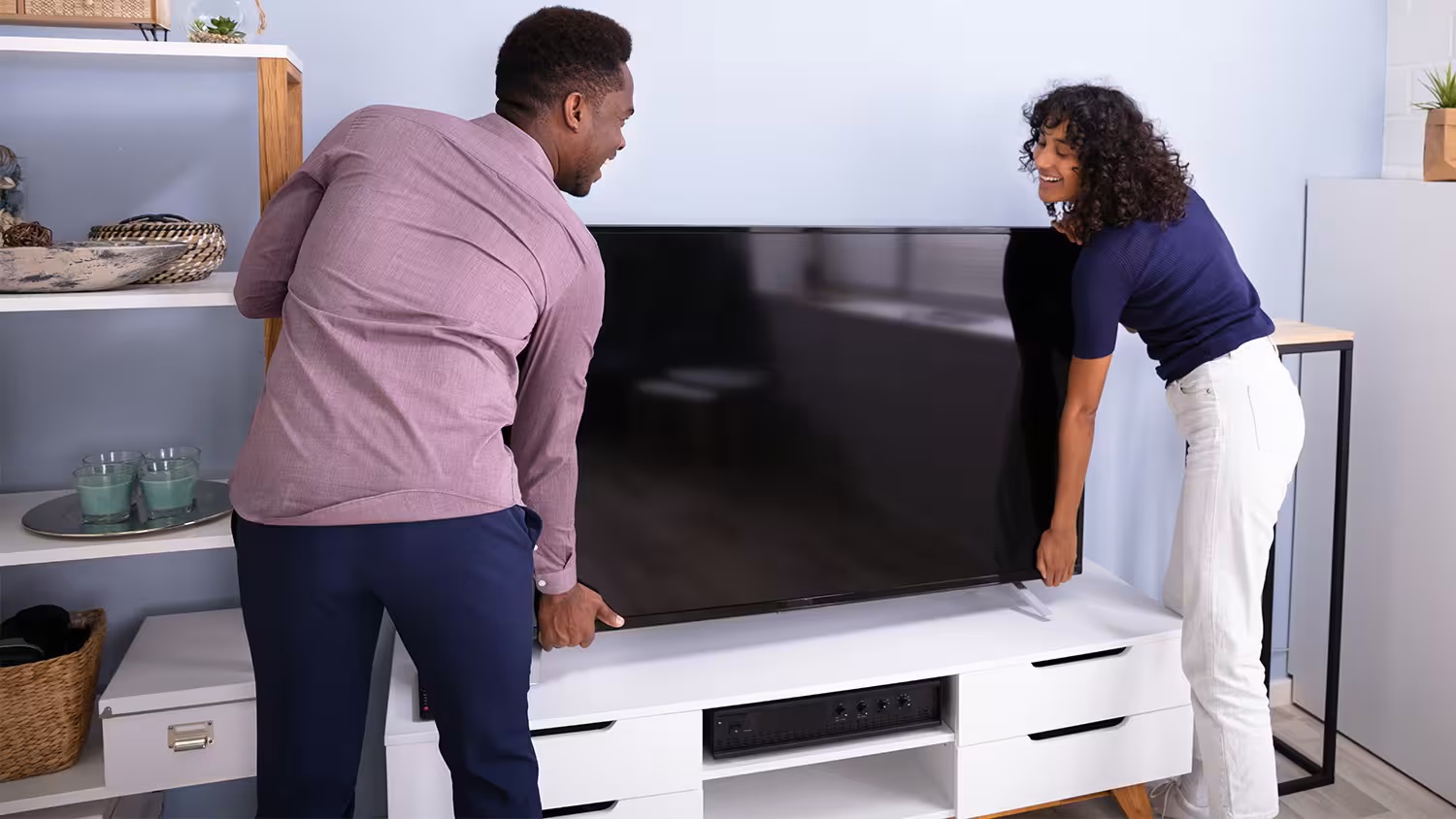

Articles
How To Store A TV
Modified: January 23, 2024
Learn the best methods for storing your TV safely and securely with this collection of informative articles. Keep your TV protected and in optimal condition.
(Many of the links in this article redirect to a specific reviewed product. Your purchase of these products through affiliate links helps to generate commission for Storables.com, at no extra cost. Learn more)
Introduction
When it comes to storing a TV, proper preparation is essential to ensure its safety and longevity. Whether you’re moving to a new home, decluttering, or simply in need of temporary storage, taking the right steps will help you avoid any potential damage to your valuable electronic device.
In this article, we will guide you through the process of storing a TV to ensure you do it correctly. From determining the storage space to protecting the screen and choosing the right storage container, we have you covered. So, let’s dive in and learn how to store a TV effectively.
Key Takeaways:
- Properly preparing and storing a TV is essential to ensure its safety and longevity. From determining the right storage space to wrapping the TV and choosing the appropriate storage container, each step plays a crucial role in safeguarding your TV.
- Storing your TV in a climate-controlled unit provides a controlled environment with regulated temperature and humidity levels, ensuring the optimal conditions for preserving your TV. Proper transportation and moving tips further reduce the risk of any damage during transit.
Read more: How To Store A Flat Screen TV
Determining the Storage Space
The first step in storing a TV is to determine the appropriate storage space. Ideally, you want to choose a location that is dry, cool, and free from extreme temperature fluctuations. The ideal temperature range is between 50 and 80 degrees Fahrenheit (10 to 27 degrees Celsius).
If possible, avoid storing the TV in areas that are exposed to direct sunlight or prone to high humidity. These conditions can cause damage to the internal components of the TV and potentially lead to irreversible problems.
Additionally, consider the size of your TV when selecting the storage space. Make sure there is enough room to move and maneuver the TV without the risk of bumping it against objects or walls. Avoid tight spaces that can potentially put pressure on the TV or restrict airflow.
If you don’t have enough space at home, consider renting a storage unit to ensure the TV is stored in a secure and climate-controlled environment.
Before finalizing the storage space, make sure to measure the dimensions of the TV and compare them to the available space. This will help you determine if any adjustments need to be made to accommodate the TV properly.
By carefully considering the storage space, you can ensure that your TV remains in optimal condition during its time in storage.
Clearing the Area
Before you start the process of storing your TV, it’s important to clear the area to create a safe and clutter-free environment. This will not only make the task easier but also minimize the risk of any accidents or damage to your TV.
First, remove any obstacles or furniture that may obstruct your path while moving the TV. Clearing a wide and unobstructed path will ensure smooth and hassle-free movement of the TV without the risk of tripping or dropping it.
Next, ensure that the floor is clean and free from any debris or objects that can potentially scratch or damage the TV during the transportation process. Sweep or vacuum the area to remove any dust, dirt, or small particles.
Consider using a soft blanket or a protective mat to create a cushioned surface for the TV. This will provide an extra layer of protection and prevent any accidental damage while handling or moving the TV from its original position.
Furthermore, remove any delicate or breakable items from the surrounding area to avoid potential accidents. Glass or ceramic objects, for example, should be kept away from the TV to prevent them from falling and causing damage to the screen or other components.
Taking the time to clear the area ensures a safe and secure environment for both you and your TV during the storage process.
Cleaning the TV
Before storing your TV, it’s essential to give it a thorough cleaning to remove any dust, smudges, or fingerprints that may have accumulated over time. This not only helps to maintain the appearance of the TV but also prevents any potential damage caused by trapped particles during storage.
Start by turning off the TV and unplugging it from the power source. Use a soft microfiber cloth or a non-abrasive cleaning cloth to gently wipe the screen. Avoid using paper towels or rough fabrics as they can scratch the delicate surface. If there are stubborn smudges, you can dampen the cloth slightly with water or a mild, non-abrasive cleaning solution designed specifically for electronics.
When cleaning the screen, make sure to wipe in gentle, circular motions to avoid applying excessive pressure. Pay extra attention to the edges and corners of the screen where dirt and grime can accumulate.
In addition to the screen, don’t forget to clean the exterior of the TV. Use the same cloth to wipe down the casing and other surfaces, removing any dust or dirt that may have settled. Take care not to apply excessive pressure or liquid directly onto the TV, especially in areas where connectors or ports are located.
For hard-to-reach areas, such as vents or buttons, consider using a soft brush or compressed air canister to remove any trapped dust or debris. This helps to maintain optimal airflow and prevents overheating during storage.
Once you’ve cleaned the TV thoroughly, allow it to dry completely before proceeding to the next step. Ensure that there is no moisture left on the screen or the exterior to prevent any potential damage or mold growth.
By taking the time to clean your TV before storage, you’re ensuring that it remains in pristine condition and ready for use when you retrieve it.
Detaching Cables and Accessories
Before storing your TV, it’s important to detach all cables and accessories to prevent any potential damage during the storage period. This not only protects the TV but also ensures that the cables and accessories are kept organized and remain in good condition for future use.
Start by carefully unplugging all cables connected to the TV. This includes the power cord, HDMI cables, audio cables, and any other peripheral connections. Gently remove each cable by holding onto the plug and pulling it straight out, avoiding any excessive force or twisting motions.
Once the cables are detached, it’s a good idea to label them or keep them in separate labeled bags or cable organizers. This will make it easier to find the right cables when you need to reconnect the TV in the future and prevent any tangles or confusion.
Next, remove any external accessories that may be attached to your TV, such as wall mounts, brackets, or stands. Follow the manufacturer’s instructions to disconnect and remove these accessories properly. Store them in a labeled bag or container to ensure they are not misplaced or damaged during the storage period.
When detaching cables and accessories, handle them with care to avoid any accidental damage. Avoid pulling or yanking on cables and try not to bend them excessively, as this can cause fraying or breakage.
By detaching cables and accessories properly, you can protect both your TV and the accompanying devices, ensuring that they all remain in good condition during storage and are ready to use when needed.
Read more: How To Store A TV In A Storage Unit
Protecting the Screen
The screen is the most fragile and vulnerable part of your TV, so it’s crucial to take extra precautions to protect it during the storage process. Dust, scratches, or pressure can all cause irreversible damage to the screen, affecting the overall viewing experience. Here are some important steps to protect the screen of your TV:
1. Use a microfiber cloth: Before covering the screen, gently wipe it with a clean, soft microfiber cloth to remove any dust particles or smudges that might be present. This prevents these particles from sticking to the screen during storage.
2. Avoid direct contact: Direct contact with the screen should be avoided at all costs. Touching or pressing the screen can leave fingerprints or cause pressure marks. Use a cloth or screen protector specifically designed for TVs to create a barrier between the screen and any potential contact.
3. Screen protectors: Consider investing in a screen protector if you plan on storing the TV for an extended period or if you’re concerned about potential damage. These protectors provide an additional layer of protection against scratches, dust, and other contaminants.
4. Anti-static covers: Anti-static covers are another option for protecting the screen. These covers not only shield the screen from dust but also reduce the buildup of static electricity, which can attract dust particles to the screen surface.
5. Avoid stacking items on top: When storing your TV, avoid stacking any items on top of it. This can inadvertently put pressure on the screen, leading to cracks or other damages. Instead, keep the TV in an upright position and ensure it is well-supported.
Remember, the screen is the most delicate part of your TV, so take extra care to protect it during storage. By following these steps, you can minimize the risk of damage and preserve the quality of your screen for future use.
When storing a TV, always keep it in an upright position to prevent damage to the screen. Use a soft, breathable cover to protect it from dust and moisture. Avoid storing it in extreme temperatures or humidity.
Wrapping the TV
Properly wrapping your TV is essential to provide an additional layer of protection during the storage process. This helps safeguard it from dust, accidental bumps, and other potential hazards. Follow these steps to effectively wrap your TV:
1. Start with a clean surface: Before wrapping your TV, ensure that the area is clean and free from any dust or debris. This prevents any particles from getting trapped between the TV and the wrapping material.
2. Use bubble wrap or padding: Begin by covering the entire TV with bubble wrap or padding material. This provides cushioning and helps absorb any impact. Wrap the bubble wrap or padding around the TV, ensuring that all sides and corners are fully covered. Secure the wrapping material with tape to hold it in place.
3. Pay attention to the corners: The corners are particularly vulnerable to damage. Fold the excess bubble wrap or padding material around the corners, creating an additional layer of protection. You can secure it with tape or use corner protectors specifically designed for TVs.
4. Secure with plastic wrap or shrink wrap: After wrapping the TV with bubble wrap or padding, consider using plastic wrap or shrink wrap to hold everything securely in place. This provides an added layer of protection and prevents the wrapping material from slipping or coming undone during transportation or storage.
5. Label the wrapped TV: Finally, don’t forget to label the wrapped TV. Use a permanent marker to write “Fragile” or “TV” on the outside of the wrapping material. This will help remind you and others to handle the TV with care during transportation or when moving it.
When wrapping your TV, it’s essential to strike a balance between providing sufficient protection and avoiding excessive pressure that could damage the screen. Ensure that the wrapping is secure but not overly tight.
By following these wrapping techniques, you can safeguard your TV from potential damage and ensure it remains in excellent condition while in storage.
Choosing the Right Storage Container
When it comes to storing your TV, selecting the appropriate storage container is crucial to ensure its safety and protection. Choosing the right container will help shield your TV from dust, moisture, and potential impacts during the storage period. Here are some factors to consider when selecting a storage container:
1. Size and shape: The container should be spacious enough to accommodate your TV comfortably. Measure the dimensions of your TV and choose a container that provides enough room for the TV with additional padding or space for any accessories. Avoid containers that are too small, as they can put pressure on the TV or cause damage.
2. Sturdiness: Opt for a container made of durable and sturdy material such as plastic or reinforced cardboard. This ensures that the container can withstand any potential impacts during transportation or while being stacked in a storage unit.
3. Padding and cushioning: Look for a container that includes built-in padding or cushioning to provide extra protection for your TV. Some containers have foam inserts or dividers specifically designed to secure and protect electronics during storage. If the container doesn’t include padding, consider adding your own by using blankets, bubble wrap, or foam inserts.
4. Sealing capabilities: The container should have a secure and tight sealing mechanism to keep out dust, moisture, and pests. This helps maintain a clean and controlled environment for your TV. Look for containers with sturdy lids or locking mechanisms to ensure proper closure.
5. Climate control compatibility: If you’re storing your TV for an extended period or in an area with extreme temperature fluctuations, consider opting for a container that is compatible with climate control. Climate-controlled storage units help regulate temperature and humidity levels, providing an optimal environment for sensitive electronics like TVs.
6. Accessibility: Choose a storage container that allows easy access to your TV when needed, without having to unpack or disrupt the entire container. Look for containers with removable lids, accessible openings, or clear panels that allow you to see the contents inside.
When storing your TV in a storage unit, it’s also important to consider the stacking capabilities of the container. Ensure that the container is sturdy and designed to be stackable, allowing you to maximize the use of vertical space without compromising the safety of your TV.
By selecting the right storage container, you can provide a secure and protected environment for your TV during the storage period, giving you peace of mind knowing it will be well-preserved.
Storing in a Climate-Controlled Unit
When it comes to storing your TV, one of the best options is to utilize a climate-controlled storage unit. These units provide a controlled environment with regulated temperature and humidity levels, ensuring the optimal conditions for preserving your TV. Here’s why storing your TV in a climate-controlled unit is beneficial:
1. Temperature regulation: Extreme temperatures can have a detrimental effect on electronics, including TVs. High temperatures can cause damage to sensitive components, while low temperatures can lead to condensation and moisture buildup. Climate-controlled units maintain a consistent temperature range, usually between 50 and 80 degrees Fahrenheit (10 to 27 degrees Celsius), protecting your TV from temperature fluctuations.
2. Humidity control: Excessive humidity can lead to moisture accumulation, which can result in corrosion, mold, and other forms of damage to your TV. Climate-controlled units are equipped with humidity controls that prevent the humidity levels from reaching harmful levels. This ensures that your TV remains in a dry and stable environment, minimizing the risks of moisture-related issues.
3. Protection against pests: Pests such as insects and rodents can pose a threat to your TV, as they may chew on cables, nest inside the TV, or leave behind droppings that can damage the internal components. Climate-controlled units are typically sealed tightly, preventing pests from accessing and causing harm to your TV.
4. Dust and debris reduction: Dust and debris can accumulate over time and affect the performance of your TV. Climate-controlled units are designed to minimize airborne particles, which helps to reduce the amount of dust settling on your TV. This not only keeps your TV cleaner but also prevents dust from entering the ports or vents of the device.
5. Added security and peace of mind: Climate-controlled storage units typically offer enhanced security features such as surveillance cameras, gated access, and individual unit alarms. This provides an extra layer of protection, ensuring that your TV is secure during its time in storage.
When storing your TV in a climate-controlled unit, it’s important to follow proper storage techniques, such as wrapping the TV, detaching cables, and choosing the right storage container as mentioned earlier in this article. This will further enhance the protection of your TV and ensure a smooth storage experience.
By storing your TV in a climate-controlled unit, you can rest assured that your valuable electronic device is in a secure, controlled, and optimal environment, preserving its quality and functionality for future use.
Read more: How To Mount A TV On A TV Stand
Transportation and Moving Tips
Moving or transporting a TV requires careful handling to prevent any damage or mishaps along the way. Whether you’re moving to a new home or taking your TV to a storage unit, here are some essential tips to ensure a smooth and safe transportation process:
1. Prepare the TV for transportation: Before moving the TV, ensure that it is properly wrapped and protected. Follow the previous steps outlined in this article for cleaning and wrapping the TV. This will help safeguard it against damage during transportation.
2. Use a sturdy and padded transportation box: If you have the original box that the TV came in, it’s ideal for transporting your TV. If not, invest in a sturdy and padded transportation box designed specifically for TVs. These boxes provide extra protection and support during transportation.
3. Secure the TV in the vehicle: Whether you’re using a moving truck or your own vehicle, it’s crucial to secure the TV properly. Place the TV upright in the vehicle, preferably in a designated area where it won’t shift or tip over during transit. Use straps or bungee cords to keep it in place and prevent any movement.
4. Avoid extreme temperatures: Try to avoid exposing your TV to extreme temperatures during transportation. If you’re moving in hot weather, consider placing the TV in a climate-controlled area of the vehicle, such as the air-conditioned cabin. Similarly, in cold weather, ensure that the TV is not subjected to freezing temperatures.
5. Handle with care: When loading, unloading, and carrying the TV, always handle it with care. Lift from the bottom, supporting the weight evenly, and avoid applying pressure to the screen. It’s best to have two people to handle the TV to ensure stability and prevent accidents.
6. Avoid stacking heavy items on top: During transportation, avoid stacking heavy items on top of the TV, as this can lead to damage or cracks. Keep the TV in a separate area where it won’t be subjected to unnecessary pressure or weight.
7. Drive smoothly and avoid sudden movements: When driving with the TV, maintain a smooth and steady pace. Avoid sudden stops, sharp turns, or rough roads that could jolt or jar the TV. This will minimize the risk of impact-related damage.
8. Insure your TV: If your TV is valuable or sentimental, consider insuring it during the transportation process. This will provide additional protection and peace of mind in case of any unforeseen events or accidents.
By following these transportation and moving tips, you can ensure the safe and secure transportation of your TV, minimizing the risk of damage and ensuring it arrives in perfect condition at its destination.
Conclusion
Storing a TV requires careful planning and execution to ensure its protection and longevity. By following the steps outlined in this article, you can ensure that your TV remains in optimal condition while in storage.
From determining the right storage space to wrapping the TV and choosing the appropriate storage container, each step plays a crucial role in safeguarding your TV. Clearing the area and detaching cables and accessories prevent any potential damage, while cleaning the TV and protecting the screen help maintain its visual quality.
Additionally, wrapping the TV provides an extra layer of protection, and storing it in a climate-controlled unit ensures a suitable environment. Following proper transportation and moving tips further reduces the risk of any damage during transit.
Remember, taking these precautions not only protects your investment but also ensures that your TV is ready to use when you retrieve it from storage. Whether you’re moving, decluttering, or temporarily storing your TV, these guidelines will help keep it in excellent condition.
By putting in a little extra effort to store your TV properly, you can enjoy its features and entertainment for years to come. So, follow these steps, take your time, and give your TV the care it deserves during the storage process.
Happy storing!
Frequently Asked Questions about How To Store A TV
Was this page helpful?
At Storables.com, we guarantee accurate and reliable information. Our content, validated by Expert Board Contributors, is crafted following stringent Editorial Policies. We're committed to providing you with well-researched, expert-backed insights for all your informational needs.
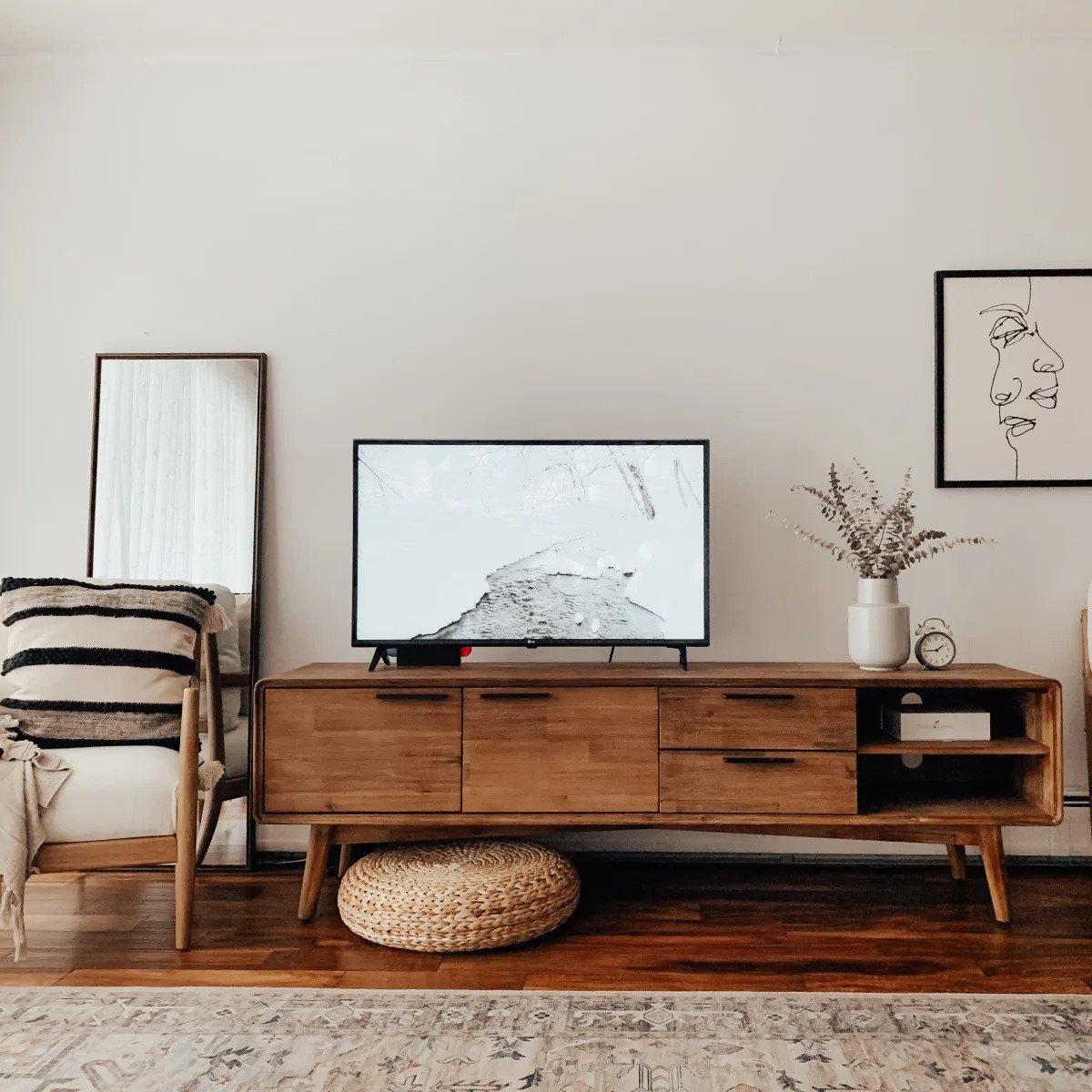
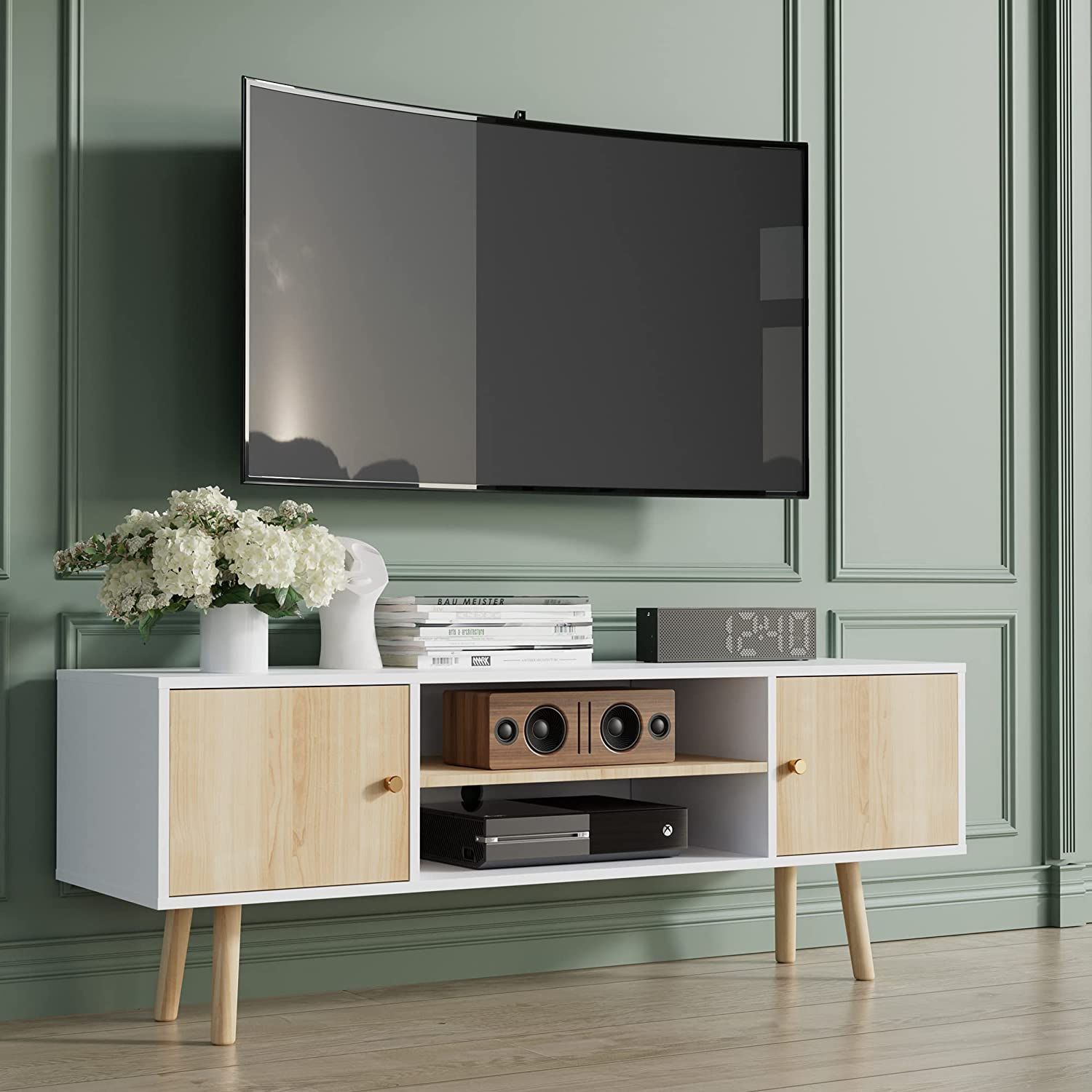
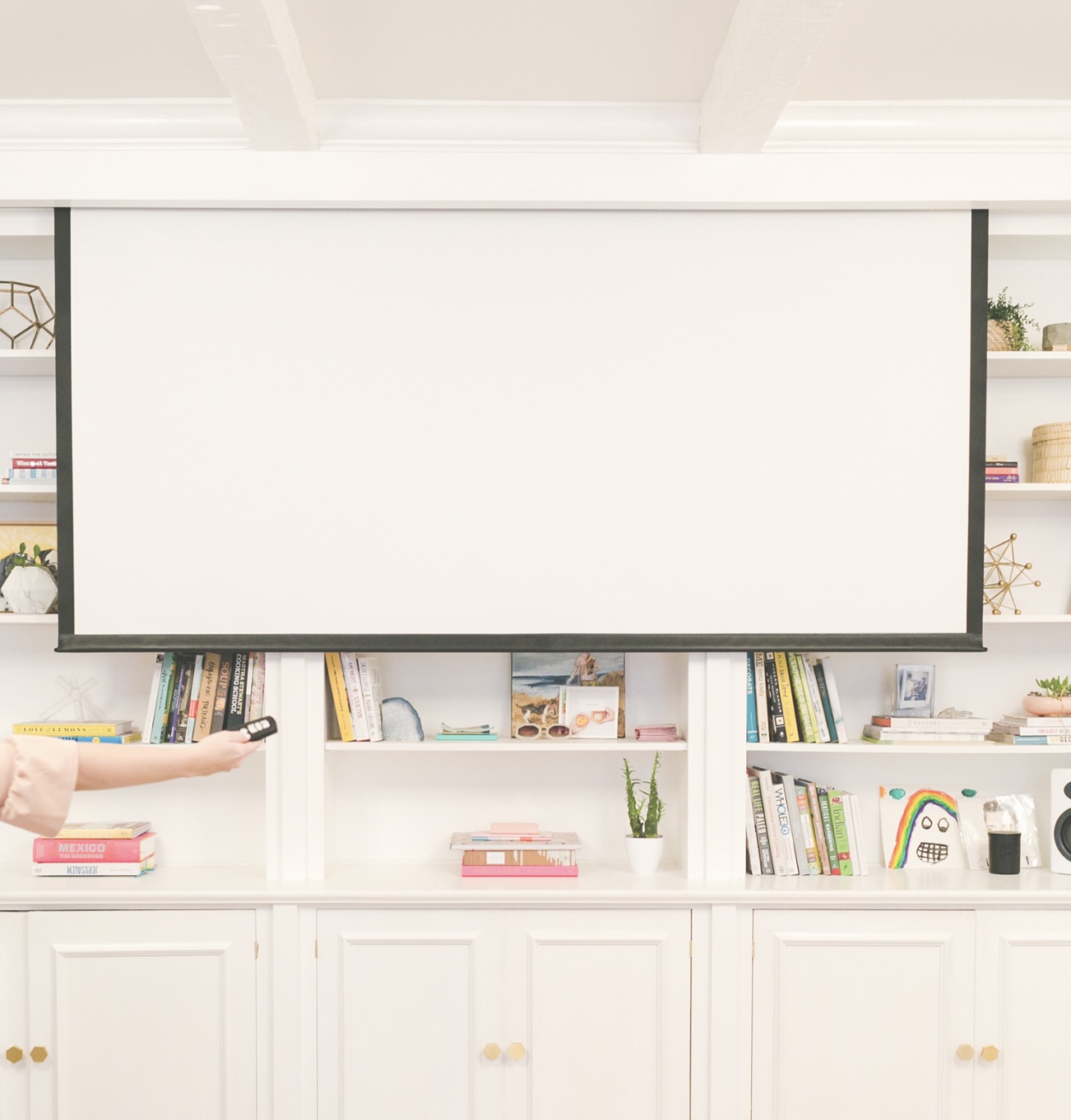
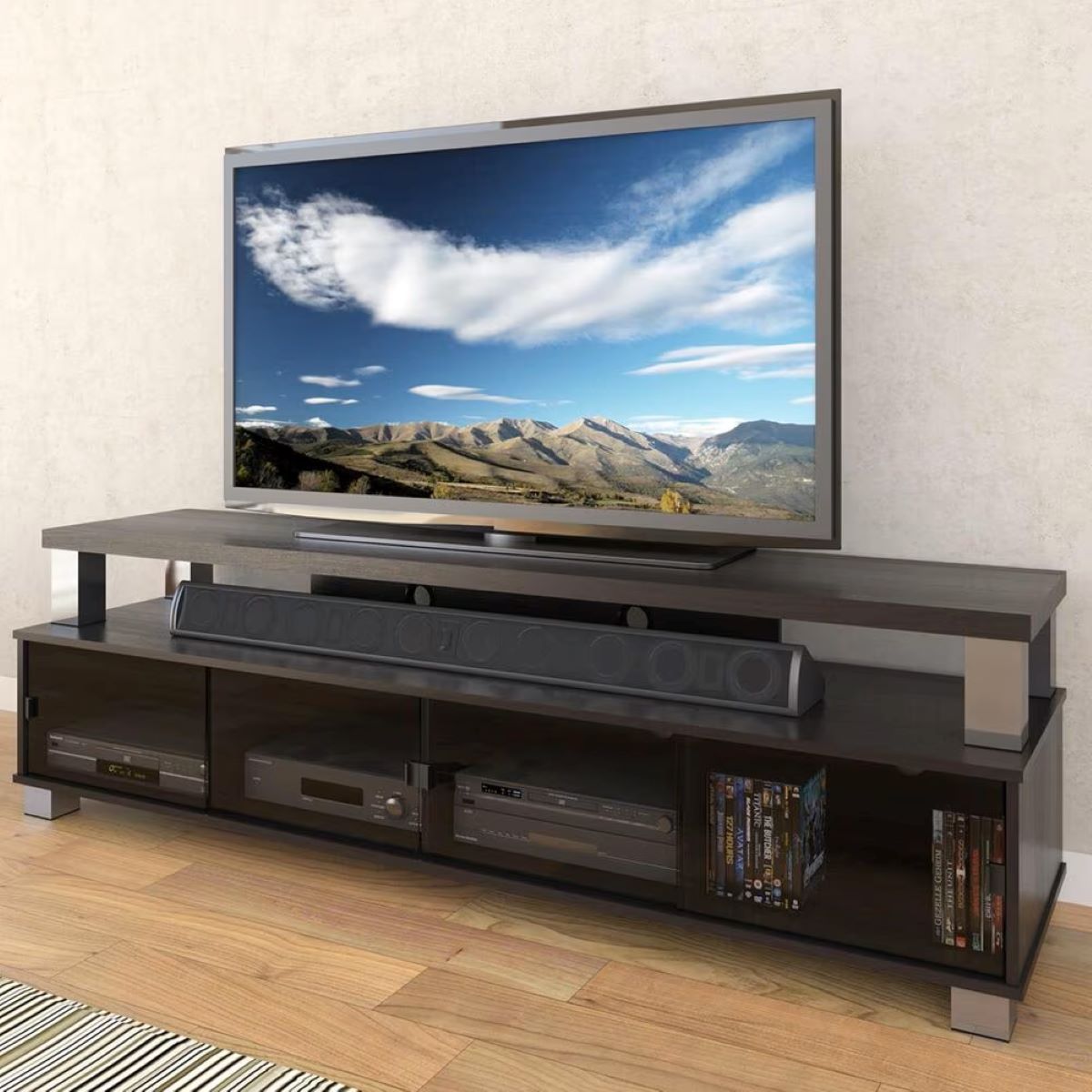
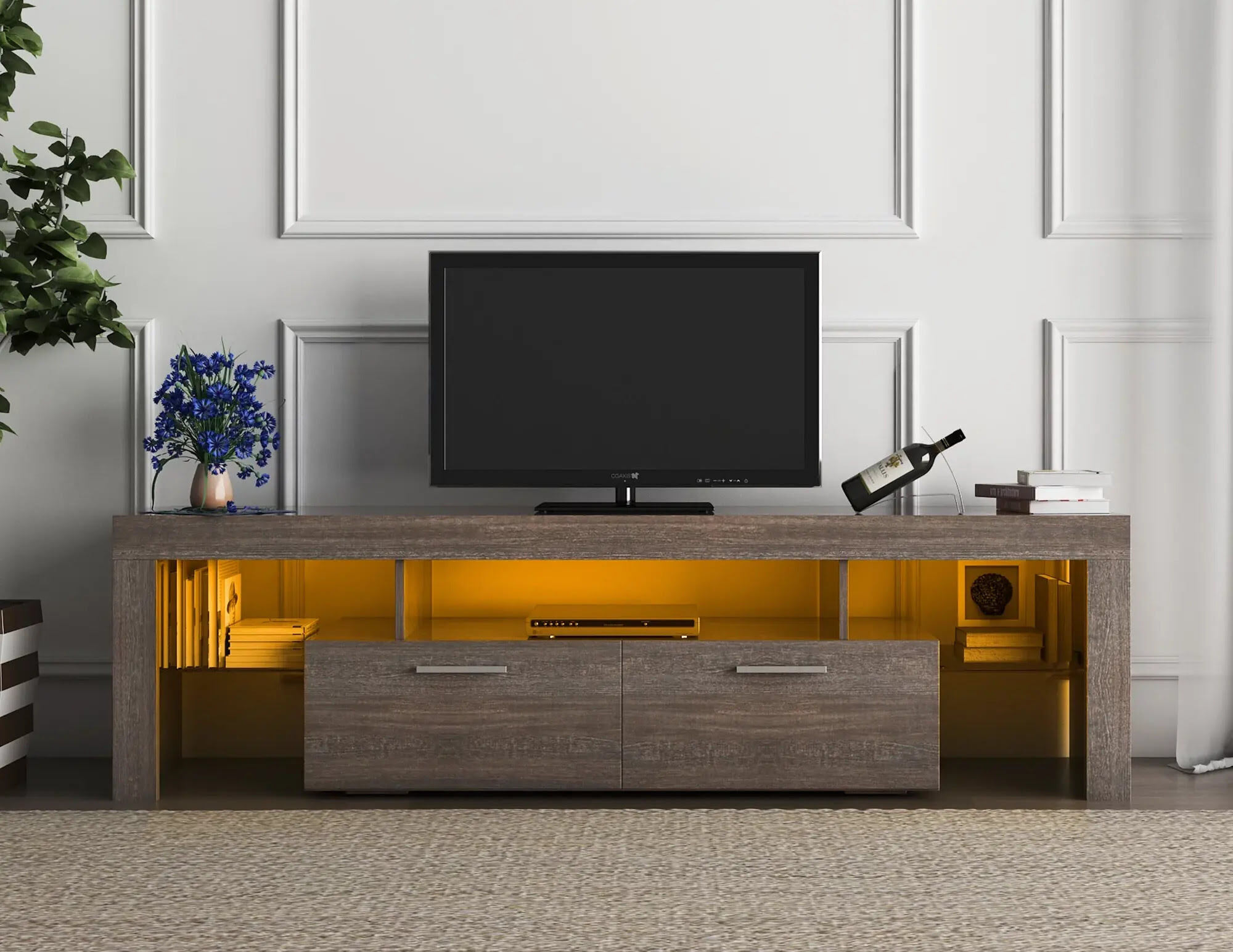

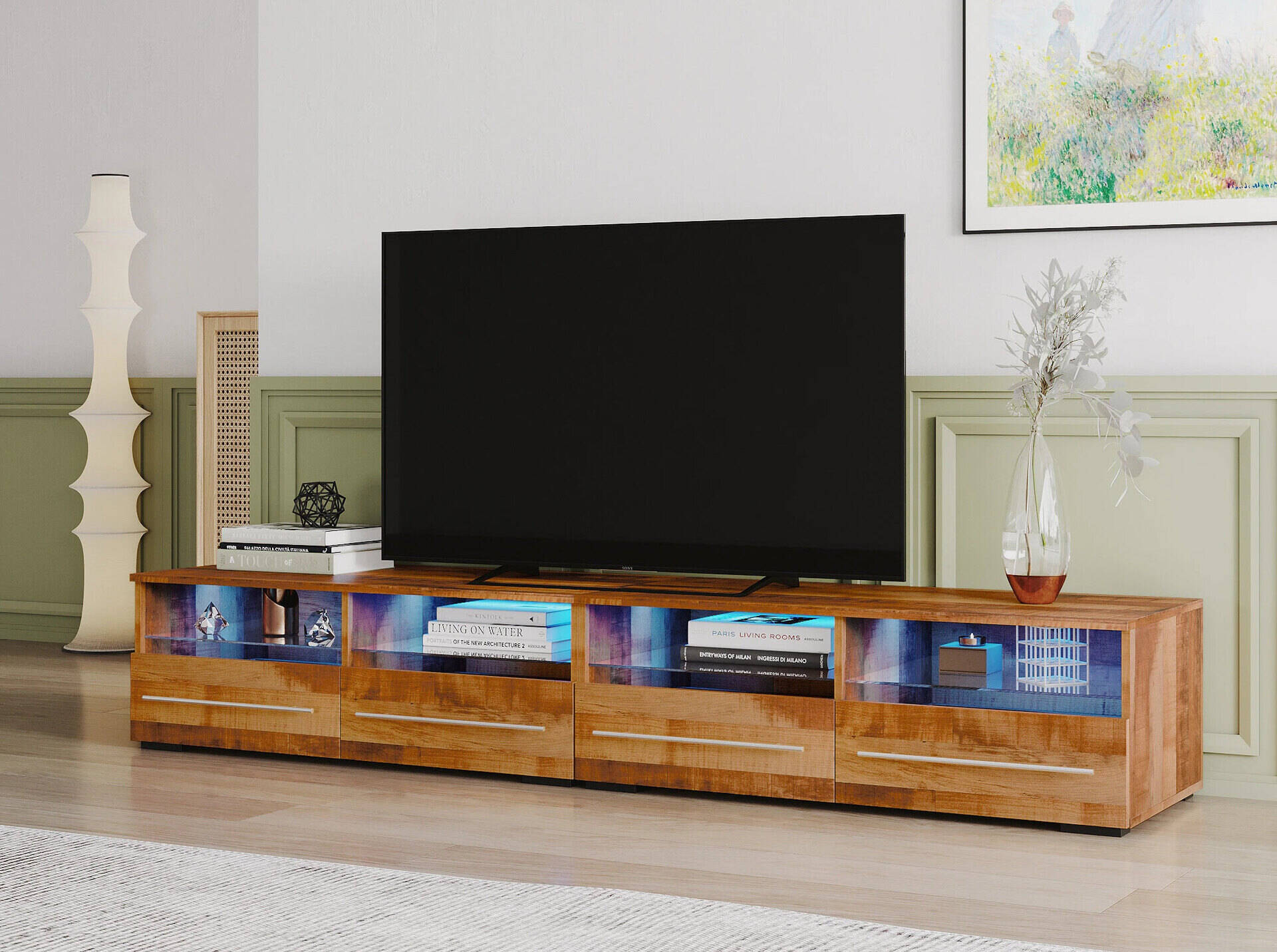
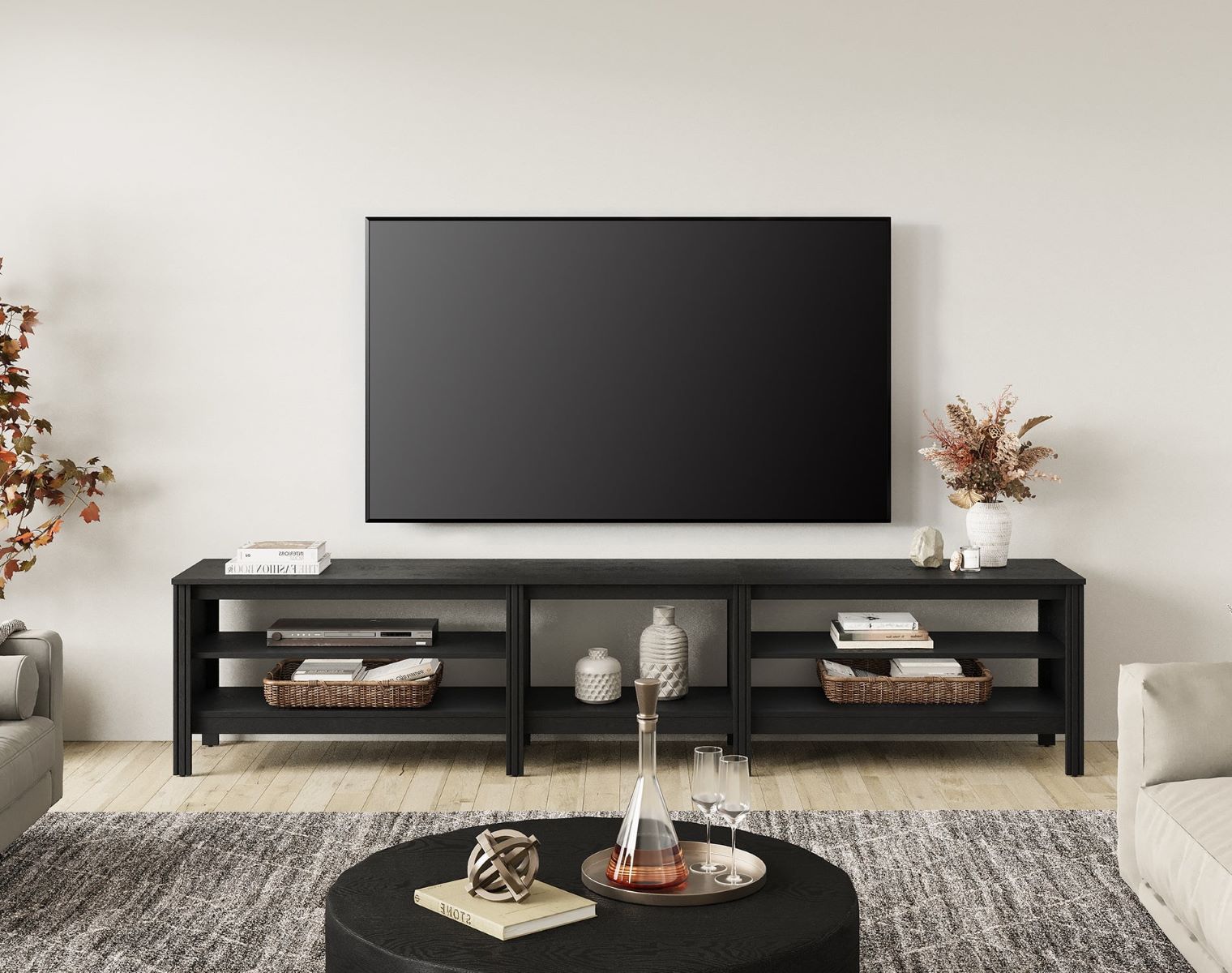
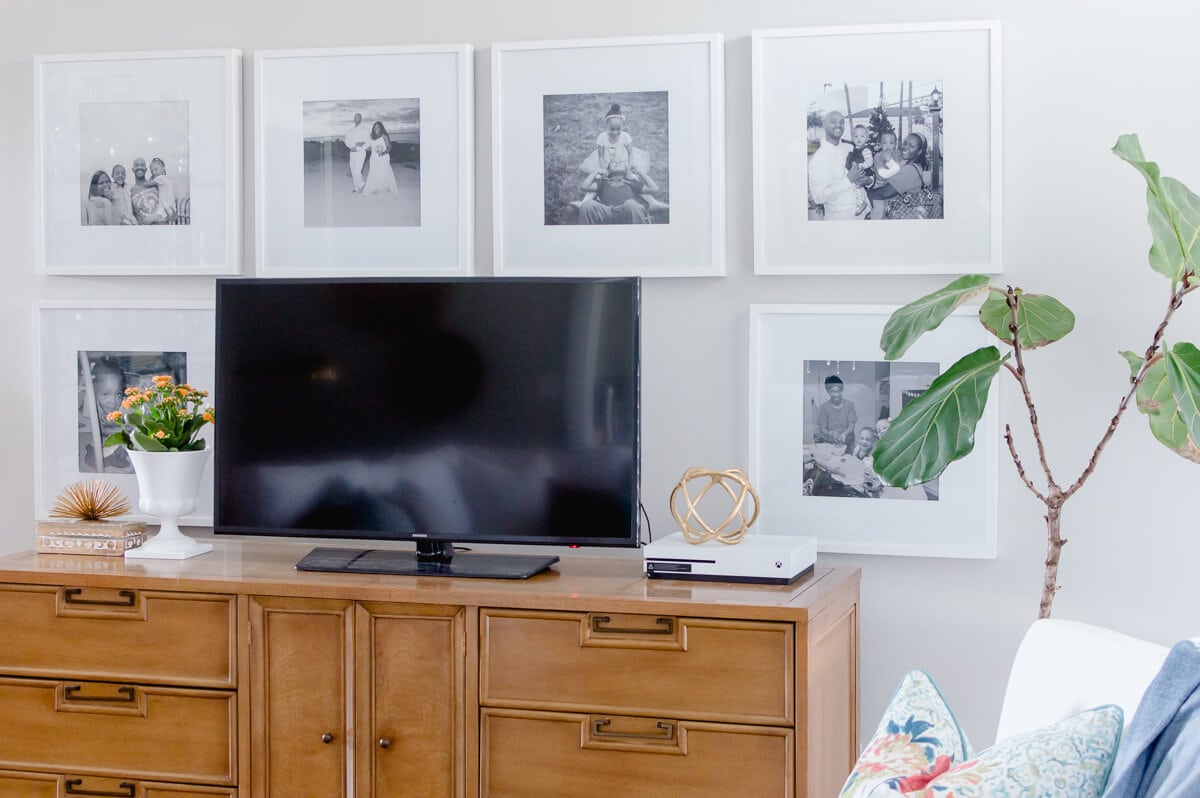
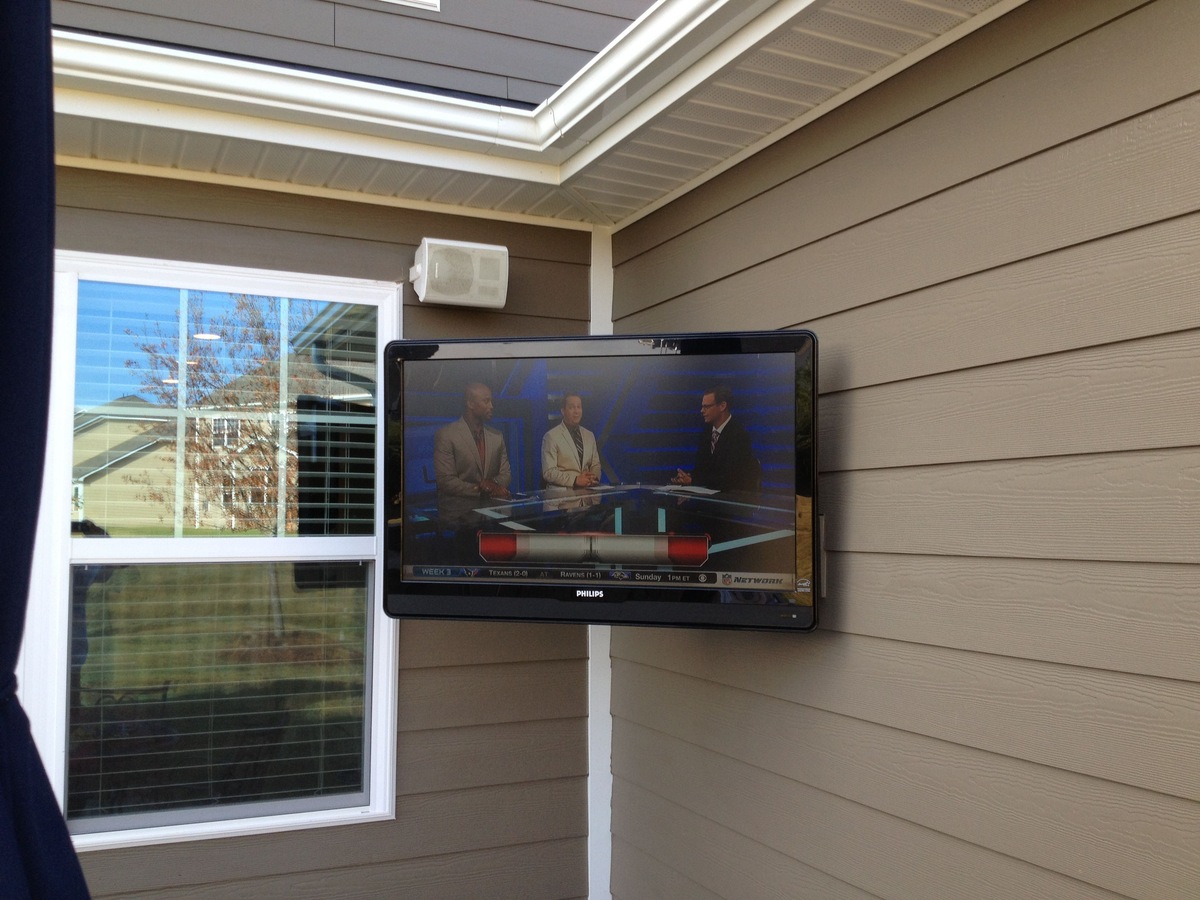
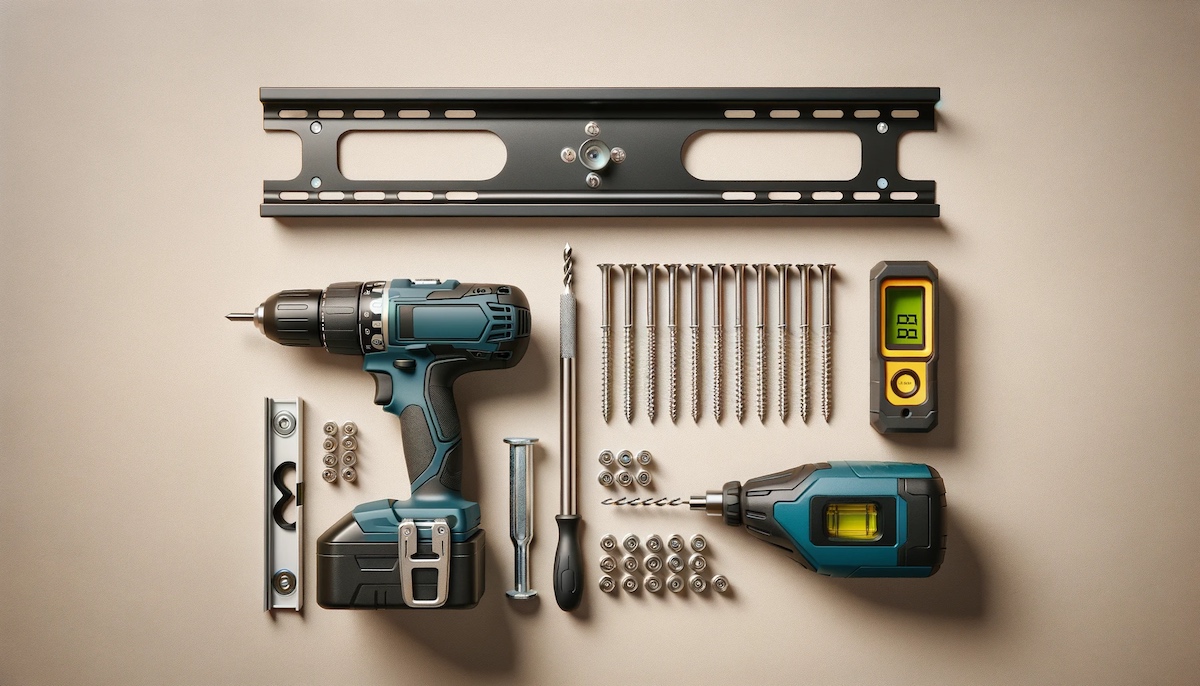

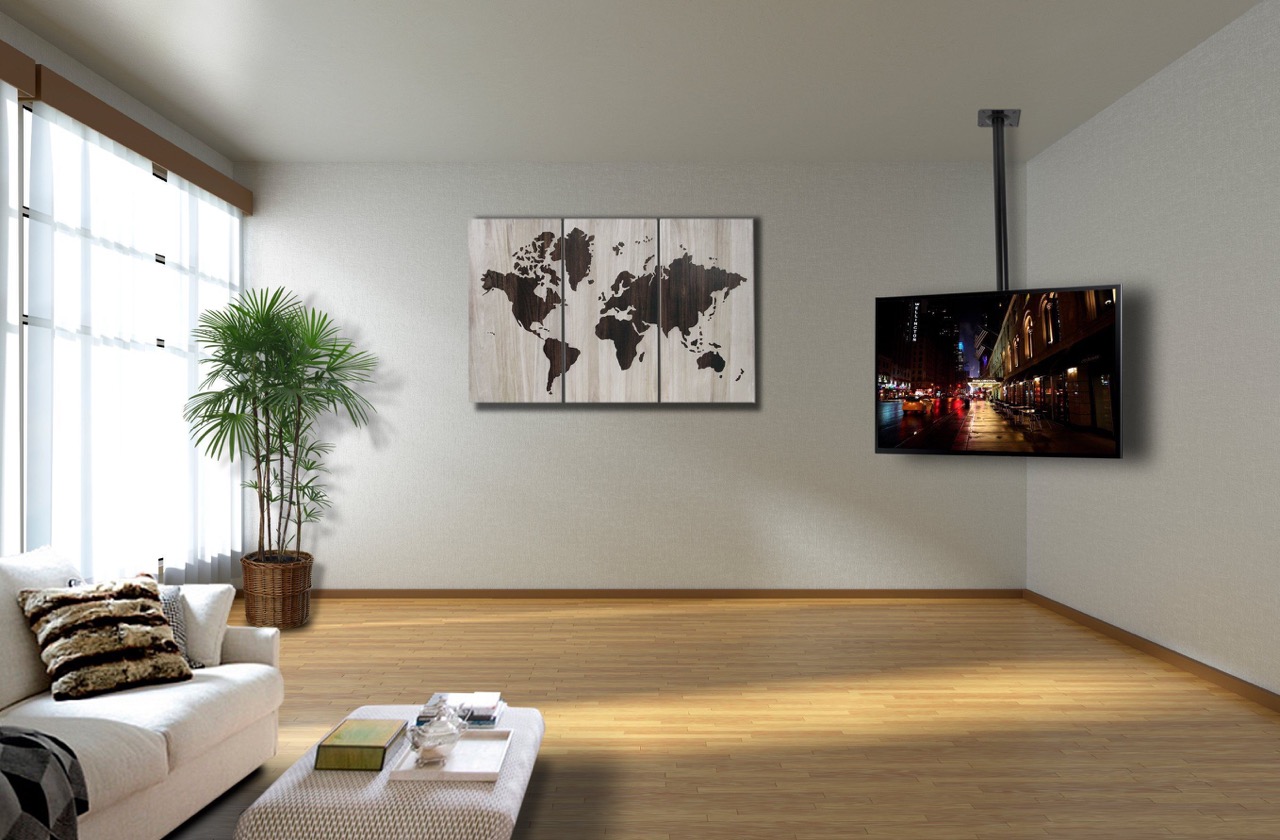

0 thoughts on “How To Store A TV”